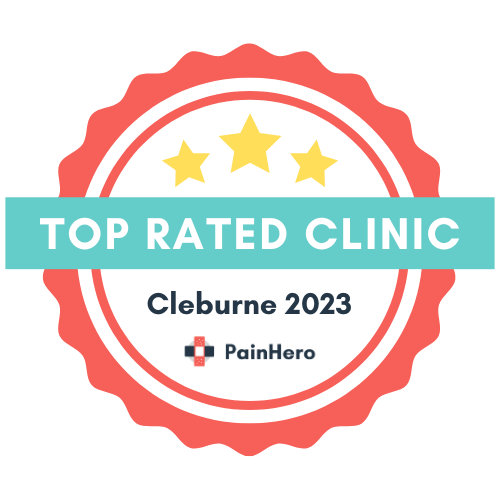What is Dry Needling?
Dry Needling: Targeted Pain Relief for Active Adults
Active adults understand the importance of maintaining musculoskeletal health. Whether it's recovering from a weekend hike or managing chronic pain, finding effective treatments is crucial. Dry needling is a technique increasingly used by physical therapists to address various pain conditions.
What is Dry Needling?
Dry needling involves inserting thin, monofilament needles into muscles, ligaments, tendons, fascia, and other soft tissues to target myofascial trigger points (MTrPs). These trigger points are tight, knotted areas in muscles that can cause pain, restrict movement, and lead to various discomforts. Unlike injections, dry needling doesn't introduce any medication. It works by stimulating specific reactions within the targeted tissue.
How Does Dry Needling Work?
The goal is to elicit a local twitch response, an involuntary muscle contraction, which helps release tension and reduce pain.
- Palpation: The therapist carefully locates trigger points by feeling for taut muscle bands.
- Needle Insertion: A sterile needle is inserted into the trigger point.
- Stimulation: The needle may be moved or manipulated to evoke a twitch response.
- Electrical Dry Needling: Some therapists use electrical stimulation through the needles to enhance the therapeutic effect.
Conditions Treated with Dry Needling:
Dry needling is used for a variety of neuromusculoskeletal conditions, including:
- Myofascial pain syndrome
- Muscle tension and pain
- Scar tissue pain
- Neck and shoulder pain
- Low back pain
- Knee pain
- Temporomandibular joint (TMJ) pain
- Plantar heel pain
- Pain after total knee arthroplasty
- Chronic regional pain syndrome
- Greater trochanter pain syndrome
Benefits for Active Adults:
- Pain reduction
- Improved muscle function and range of motion
- Decreased muscle tension
- Faster return to activity
What to Expect During a Session:
- The therapist will palpate to identify trigger points.
- The skin is cleansed.
- Needles are inserted and manipulated.
- You may experience muscle twitching or soreness.
Risks and Precautions:
Dry needling is generally safe when performed by a trained professional. However, potential risks include:
- Bruising and bleeding
- Soreness after treatment
- Infection (rare)
- Nerve damage (rare)
- Pneumothorax (rare, in chest region)
Contraindications:
Dry needling is not recommended for individuals with:
- Needle phobia
- Bleeding disorders or anticoagulant use
- Active infections
- Pregnancy (relative)
The Importance of Qualified Practitioners:
Dry needling should only be performed by trained medical professionals who have received specialized training. Proper training ensures safe and effective treatment.
Research Findings:
- Studies indicate dry needling is effective for reducing pain and improving function in various musculoskeletal conditions.
- It is often combined with other physical therapy techniques for optimal results.
- Evidence supports its use in treating low back pain, neck pain, and TMJ pain.
- There are mixed results when dry needling is compared to traditional physical therapy treatments.
Key Takeaways:
- Dry needling targets trigger points to relieve pain and improve muscle function.
- It is a safe and effective treatment when performed by a trained medical professional.
- It is used for a variety of musculoskeletal conditions.
- It is often combined with other physical therapy techniques.
References:
- Inmaculada Carmen Lara-Palomo, Esther Gil-Martínez, Eduardo Antequera-Soler, Adelaida María Castro-Sánchez, Manuel Fernández-Sánchez, Héctor García-López. Electrical dry needling versus conventional physiotherapy in the treatment of active and latent myofascial trigger points in patients with nonspecific chronic low back pain. Trials. 2022;23(1):1-11. doi:10.1186/s13063-022-06179-y
- Palmer EBsMs, Snook APMMe. Dry Needling. Richman S DhsMP, ed. CINAHL Rehabilitation Guide. September 2021. Accessed March 7, 2023. https://search.ebscohost.com/login.aspx?direct=true&db=rrc&AN=T709230&site=eds-live
Disclaimer: This blog post is for informational purposes only and does not constitute medical advice. Always consult with a qualified healthcare professional before starting any new treatment.









